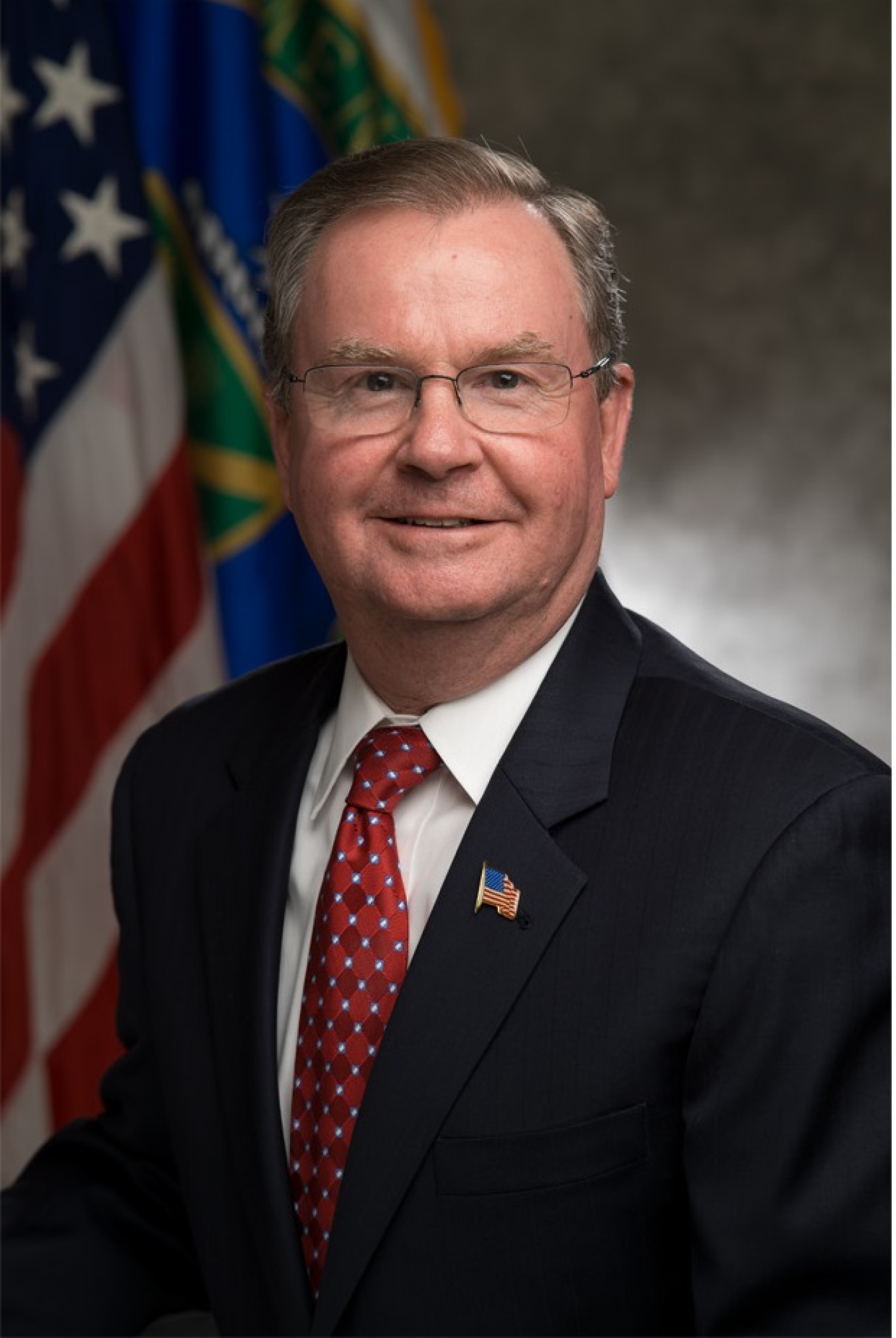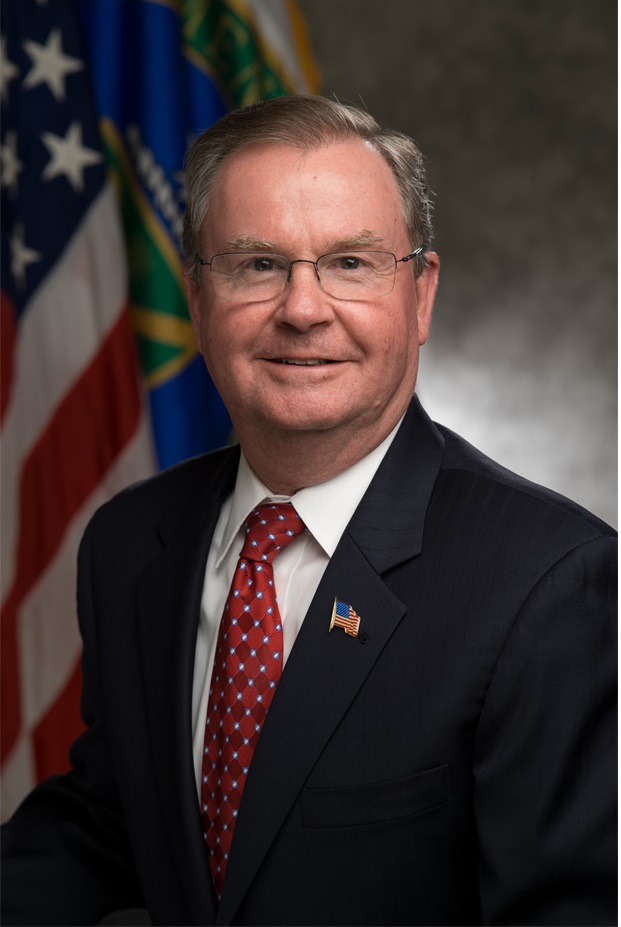Remarks of Assistant Secretary for Fossil Energy Steven Winberg at the Baker Hughes Annual Meeting in Florence, Italy.
Hydrocarbons and Geothermal Energy Office
February 3, 2020Remarks of Assistant Secretary for Fossil Energy Steven Winberg as prepared at the Baker Hughes Annual Meeting in Florence, Italy on February 3, 2020.
Thank you to Lorenzo [Simonelli] and the Baker Hughes team for inviting me to open this important discussion.
Baker Hughes has worked closely with the Department of Energy in a number of areas to help us bring new technologies to the marketplace.
We appreciate your engagement and look forward to our continued partnership.
The reality we confront today is this: As more and more countries eye de-carbonization, CCUS becomes an even more vital clean energy technology.
As the IEA notes, wide-spread deployment of CCUS across the power and industrial sectors is critical if we want to have any hope of meeting various global carbon emission reduction targets.
But, right now, there are only 19 large-scale CCUS projects around the world capturing around 35 million tonnes of CO2 annually. So we have a long way to go, and it’s imperative that we work together to push both the R&D and the policies that will advance CCUS commercialization.
The U.S. Department of Energy has been at the forefront of that global effort. We’re funding more than 100 projects and we’ve moved a number of cutting-edge technologies to market. And three of our major CCUS projects are operating commercially right now.
Baker Hughes has made important contributions to our CCUS program – including your work on some of our major CO2 storage initiatives. And our supercritical CO2 power plant project was made possible by compressors produced in your facility here in Florence.
Those contributions represent the kind of industry involvement that will be required to advance CCUS.
Our work on CCUS is focused on CO2 capture from coal and natural gas power plants, as well as industrial facilities – and we’re also leveraging our CCUS research to accelerate direct air capture of CO2, which will be increasingly important, especially for countries with aggressive CO2 targets.
In the meantime, emissions across the fossil energy space – including the oil and gas industry – are under increasing scrutiny.
The oil and natural gas industry is uniquely positioned to lead CCUS deployment. They’ve developed many of the largest and most complex projects in the world – on-time and on-budget. And, they’re beginning to look very seriously at the environmental and commercial potential of CCUS.
For example, the Oil and Gas Climate Initiative has been making important investments in CCUS.
And the U.S. National Petroleum Council recently issued a report that highlights the importance of CCUS for the oil and gas industry. It also lays out a roadmap to achieve at-scale deployment of CCUS. I’d like to thank Nigel Jenvey (Gaffney, Cline & Associates), who’s here today, for his important contributions to that study.
The oil and gas industry’s interest in CCUS is extremely encouraging, and I think it could spur broader deployment of these technologies.
Of course, industry needs to see a strong business case for CCUS. At DOE, we’re investigating ways to extract an economic benefit or additional value from captured CO2. But policies that promote investment in CCUS are also needed.
The good news is that we’re seeing promising movement toward those kinds of policies. In the U.S., for instance, Congress expanded the 45Q tax credit, which the IEA estimates could spur $1 billion in new capital investments in CCUS over the next six years, and result in an additional 10–30 Mt of capture capacity.
So, there are reasons for optimism, but a lot of work remains to be done.
And, frankly, without your support and collaboration, it will be exceedingly difficult to deploy CCUS.
So, we encourage and welcome your engagement in this important effort, and I look forward to the discussions today.
Steven Winberg

Steven Winberg, Assistant Secretary for Fossil Energy
Steven Winberg served as Assistant Secretary for Fossil Energy. He was responsible for the management and oversight of FE’s research and development program, encompassing coal, oil, and natural gas, as well as the Office of Petroleum Reserves.
Mr. Winberg has 39 years of experience in the energy industry. He began his career at the engineering firm Foster Wheeler as an engineer on coal-fired utility boilers. From there, he spent 14 years with Consolidated Natural Gas working in a variety of positions before becoming Vice President for CONSOL Energy Research & Development. Immediately prior to coming to DOE, Mr. Winberg served as a Senior Program Manager at Battelle Memorial Institute.
Over the span of his career, Mr. Winberg has participated in a number of policy and energy initiatives. He has also gained extensive experience in numerous energy technologies, including advanced fossil energy combustion, coal-to-liquids, fluidized bed combustion, emulsified fuels, fuel cells, alternative fuel vehicles, and carbon utilization.
Mr. Winberg received a bachelor’s degree in nuclear science from the State University of New York Maritime College in 1978 and an MBA from the University of Pittsburgh in 1991.


